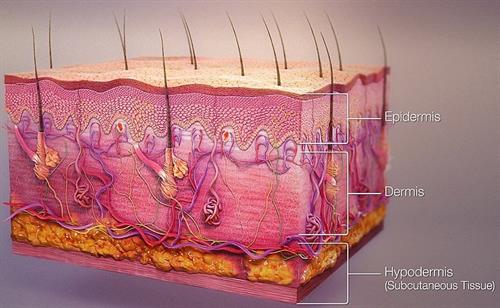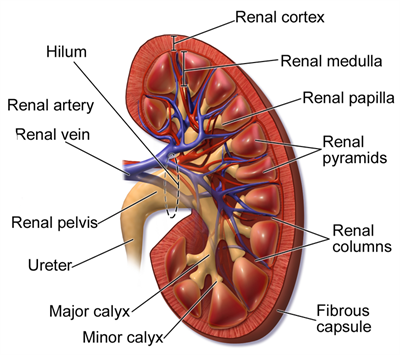
PUMPA - SMART LEARNING
எங்கள் ஆசிரியர்களுடன் 1-ஆன்-1 ஆலோசனை நேரத்தைப் பெறுங்கள். டாப்பர் ஆவதற்கு நாங்கள் பயிற்சி அளிப்போம்
Book Free DemoAs we know, human a made up of cells in which various metabolic activities. The body does not utilize all the different metabolic products produced by these biochemical reactions.
Some include certain nitrogenous toxic waste substances, which are excretory products. In humans, the primary excretory product is urea. All the tissues and organs involved in removing these excretory products together form the excretory system.
The removal of wastes that are produced by the cells of the living organisms is known as excretion.
The excretory system of humans consists of a pair of kidneys that produce urine, a pair of ureters that transport the urine from the kidneys to the urinary bladder where it is temporarily stored and a urethra through which the urine is excreted by making contractions.
When the waste produces are not eliminated, it gets accumulated in the body and become toxic and poisonous. Hence, excretion is a process that plays a critical role in the body's homeostatic balance.
Along with the kidneys the skin and lungs also plays a role in excretion.
- Skin excretes some small quantities of water, urea and salts in the form of sweat.
- Lungs eliminate carbon-dioxide and water vapour through exhaling
Skin
It is the outermost layer of the body that extends all over the body. It accounts for 15% of a person's body weight as an adult. It comprises of a variety of structures and glands. It eliminates metabolic wastes through perspiration.
37°C is the optimum temperature at which the human body functions normally. When the temperature starts to rise above this optimum temperature the sweat glands begin to secrete water with small amounts of other chemicals such as ammonia, urea, lactic acid, and salts (primarily sodium chloride). This sweat produced evaporates by passing through the pores in the skin known as sweat pores.

The layers of skin
The excretion system of layers
Kidney
The kidneys are reddish brown coloured bean shaped organs that are found in the abdominal cavity, connected to the dorsal body wall on either side of the vertebral column. As the liver occupies too much space on the right side, the right kidney is located lower than the left kidney. Each kidney measures approximately 11cm in length, 5cm in width, and 3cm in thickness.
A sheet of fibrous connective tissue, renal capsules, adipose capsule, and a fibrous membrane enclose the kidneys.
The internal structure of kidney consists of an outer dark area called the cortex and an inner lighter region called the medulla. Both these regions consists of uriniferous tubules or nephrons that are known as the functional units of kidneys.
The medullary region of the kidneys is made up of multitubular conical masses called medullary pyramids or renal pyramids, which have their bases next to the cortex. A notch called the hilum is present on the inner concave side of each kidney. Through this notch the blood vessels and nerves enter inside the kidney and the urine leaves through the ureter.

Structure of kidney
The internal structure of kidney
Reference:
https://upload.wikimedia.org/wikipedia/commons/thumb/d/d6/Blausen_0592_KidneyAnatomy_01.png/1024px-Blausen_0592_KidneyAnatomy_01.png
https://upload.wikimedia.org/wikipedia/commons/thumb/f/f0/3D_medical_animation_skin_layers.jpg/1024px-3D_medical_animation_skin_layers.jpg